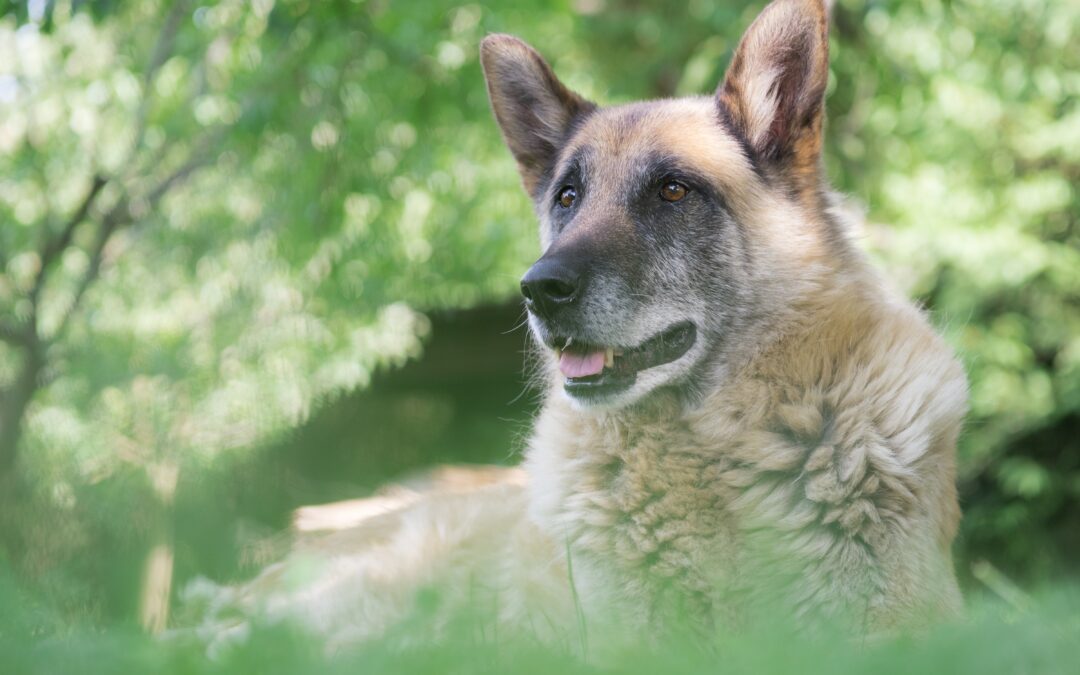Adapted from Clincian’s Brief
As our pets get older, we may often repeat the common adage, “Age is not a disease.” While this is true, there are changes that occur due to the natural aging process, According to the World Health Organization, “at the biological level, ageing results from the impact of the accumulation of a wide variety of molecular and cellular damage over time. This leads to a gradual decrease in physical and mental capacity, a growing risk of disease and ultimately death.”
The “senior” life stage for dogs and cats has been determined to start around 7 years of age, though it’s well accepted (if not fully understood) that cats and small dogs tend to live longer than large and giant breed dogs on average (12-18 years vs. 6-12 years). In addition to an increasing incidence of cancers, autoimmune diseases, degenerative disorders, and organ dysfunction, there are normal age-related changes that can mimic or contribute to signs of underlying disease. These include:
- Changes in vision and hearing can lead to decreased reaction time, startling easily, and/or increasing anxiety
- Sarcopenia causes weakness and declining balances
- Decreased ability to thermoregulate
- Decreased organ reserve with an increasing susceptibility to stressors (emotional, illness, surgery, nutritional deficits, etc)
- Altered ability to obtain, consume, and digest food due to dental disease, decreases in exocrine pancreatic function,’ location of food and water bowls, and competition with other pets
- Changes in various receptor functions and/or sensitivity leading to changes in response to medications
- Brain changes including overall loss of mass, decreased perfusion and oxygen consumption, alterations in neurotransmitter concentrations, and accumulation of metabolic waste products
- Decreased overall cardiac output leading to lower stamina
- Decreased lung functional capacity for several reasons, including changes in lung elasticity, chest wall muscle strength, and alterations to alveoli
When a senior pet develops a new clinical sign, underlying diseases should be ruled out and/or treated, but persistence of some signs could indicate an aging change.
In these situations, environmental modifications along with owner education about realistic expectations may be more effective. Adaptations may include:
- Motion-sensor lights at floor level in darker areas of the house and where a pet urinates/defecates
- Not making changes to furniture layouts or starting major household renovations if possible
- Elevated food bowls, increased number of water bowls around the house
- Ensuring older pets can eat in peace without worry of disruption if there are younger pets in the home
- Beds designed to retain heat or provide cooling
- Non-skid throw rugs/yoga mats/ padded floor squares over hardwood floors and around food/ water bowls, steps or ramps onto furniture, feeding stations, and/or out of the house
- Blocking off dangerous areas such as stairs, pools, or rooms with lots of obstacles
- Using a wagon or stroller for daily walks so dogs can still get the mental stimulation with less physical stress
- Ensure ease of use for elimination by using lower sided litterboxes, or alternate containers such as drain pans or plastic crate liners, and critically evaluating location for ease of use
- Mobility aids such as harnesses, toe grips, and orthotics
- Ensuring a pet is awake and aware of a family member’s presence before touching them, and using caution when interacting with young children
Medications can help with symptom control for many diseases but may need to be adjusted even in pets with “normal” bloodwork. Good nutrition and some supplements have also been shown to support the aging body, including glucosamine for joint health, omega fatty acids as multi-system support, and SAMe as a multisystem antioxidant. Other modalities such as acupuncture, herbal medicine, massage, laser, and physical therapy can also be used to support the body through both disease and aging changes.
We can’t stop our beloveds from getting older, but there is much we can do to maintain good life quality and hopefully truly enjoy many “golden years” together.

